Join the Level Discord — connect with IT professionals, share ideas, and get real-time updates
Check it outGeneral
Remote work makes managing devices outside the office a challenge. This guide explains remote device management systems, their features, security benefits, and the top 7 tools for 2025.

Remote work has become the default for many industries. IT teams are now responsible for managing devices that live far outside the traditional office environment. With employees connecting from homes, coffee shops, and overseas locations, keeping everything secure, compliant, and running smoothly is a challenge. This is why a remote device management system (RDMS) is no longer a “nice to have”, it’s essential.
This guide will walk you through how remote device management works, the different types of devices it can manage, the best remote device management tools on the market, and why cybersecurity for small and medium businesses now depends heavily on these platforms. We’ll also cover allocation models like BYOD / COBO / COPE / CYOD, best practices for implementation, and a checklist for choosing the right solution.
A remote device management system is a category of endpoint security and configuration management tools that allows IT teams to monitor, control, update, and secure endpoints from a single, centralized dashboard. These endpoints can include laptops, smartphones, IoT devices, servers, firewalls and routers, or even specialized hardware like point-of-sale systems.
The system works by installing an agent or using a built-in API that connects each endpoint to the RDMS. Once connected, IT admins can:
Modern RDMS tools integrate with network security management platforms, system health monitoring software, device tracking tools, configuration management solutions, and software deployment automation to create a full IT infrastructure management solution.
The scope of remote device management extends far beyond standard office computers. A capable platform should manage:
Each type of device requires unique handling. For example:
The process generally looks like this:
Some platforms use STUN / TURN / ICE protocols to establish peer-to-peer connections, ensuring remote access without middleman routing. This improves both privacy and speed, especially for remote troubleshooting.
Your device management tools should support all major allocation frameworks:
These models require automated device onboarding for IT teams and adherence to SMB device security best practices for safety and compliance.
Small and medium businesses are prime cyberattack targets. The assumption that “we’re too small to hack” is a dangerous myth.
With remote monitoring and management, SMBs can enforce VPN requirements, implement data breach prevention tools, manage the device lifecycle, and deploy malware protection instantly across all endpoints.
When comparing the best remote device management tools, look for these essentials:
If you’re evaluating options, here are some of the best remote device management tools and network security management platforms available in 2025:
A modern RMM built for simplicity, direct peer-to-peer connections, patch management, and asset tracking. Transparent pricing, great for SMBs and MSPs.
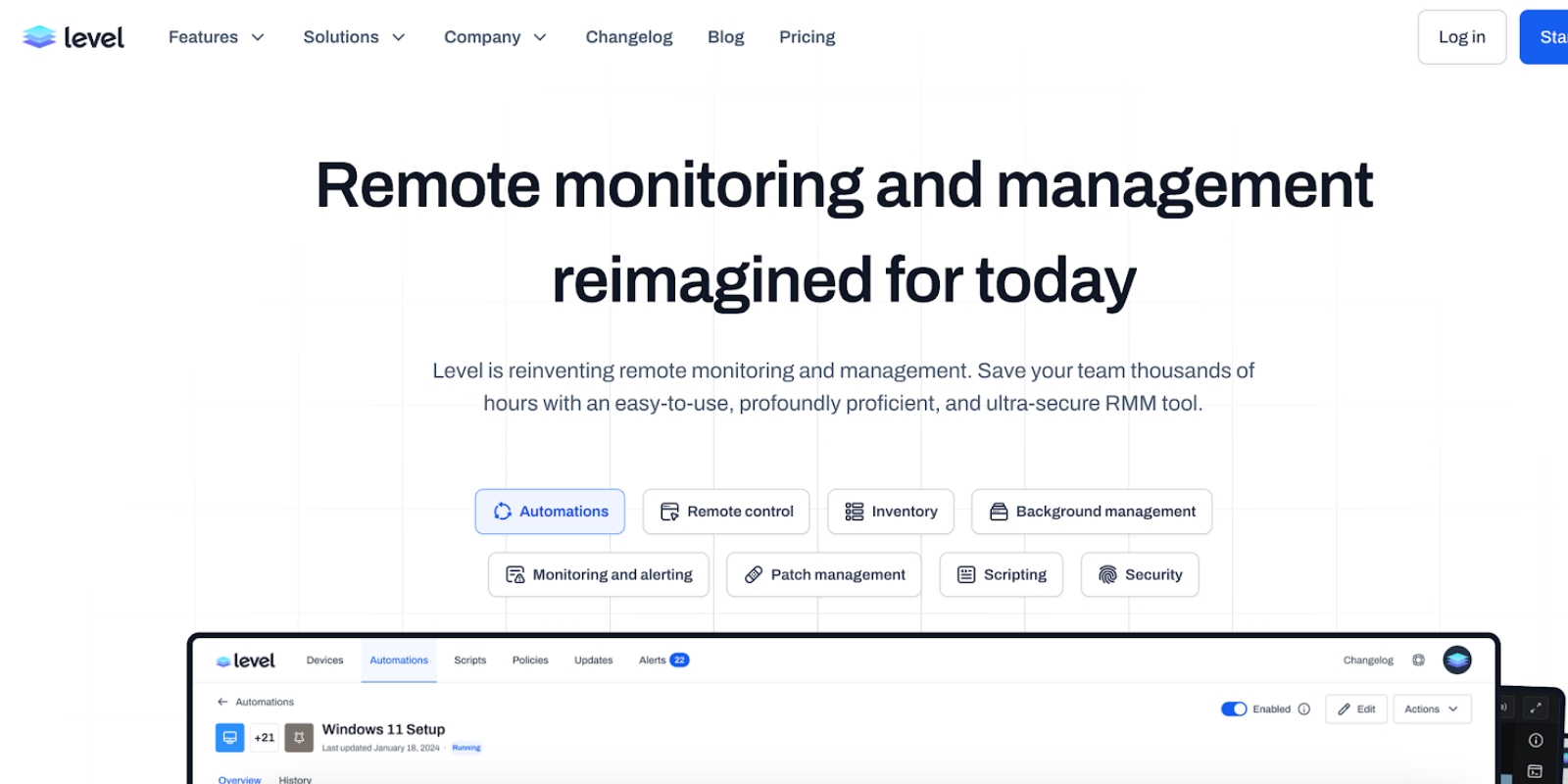
Full-featured network monitoring and configuration management tools for enterprise IT teams.

Cloud-based platform with real-time network monitoring and alerting tools plus automated mapping.
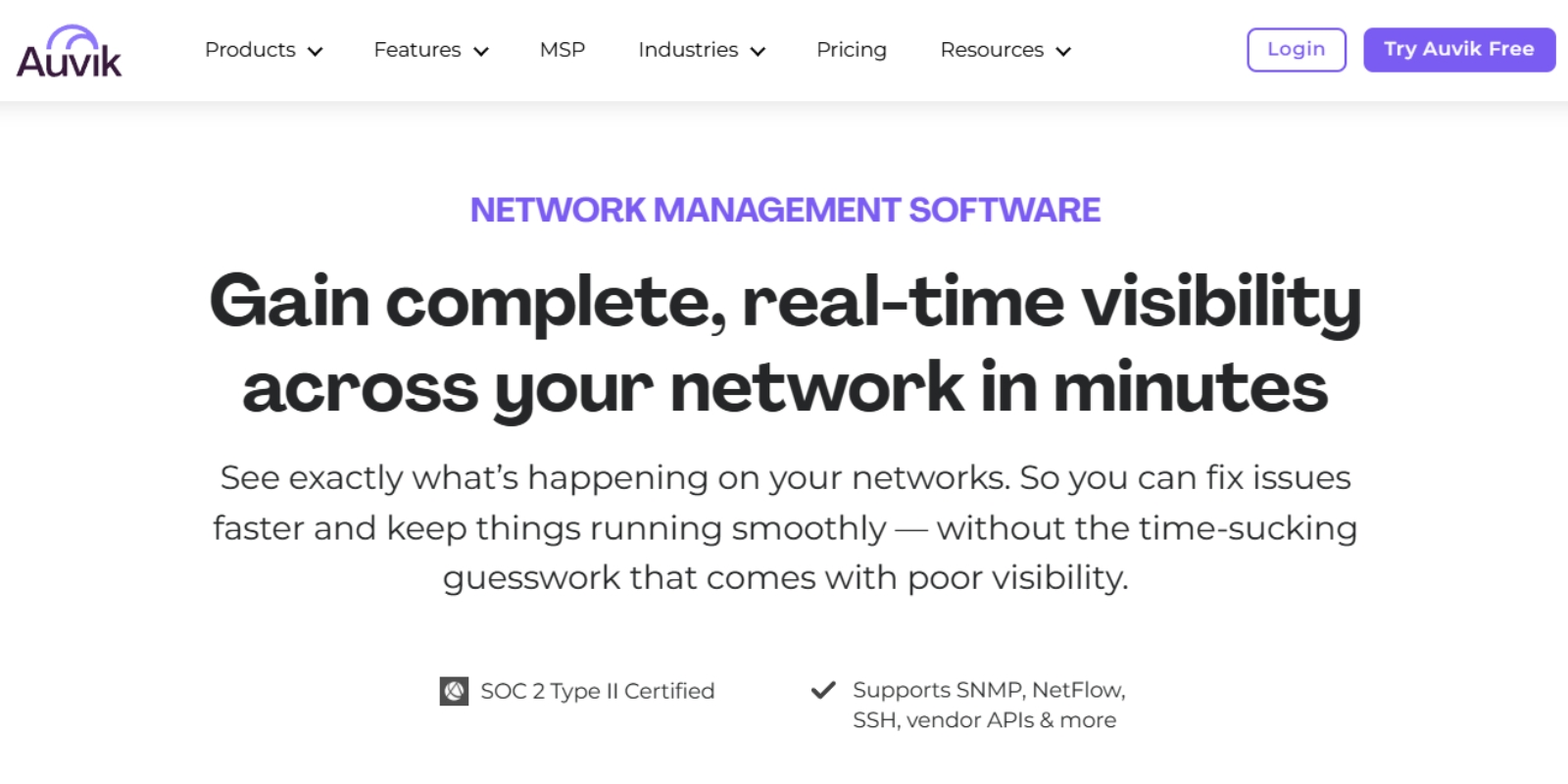
All-in-one monitoring with network discovery tools, custom dashboards, and automated alerts.

Open-source and highly customizable, ideal for complex network environments.
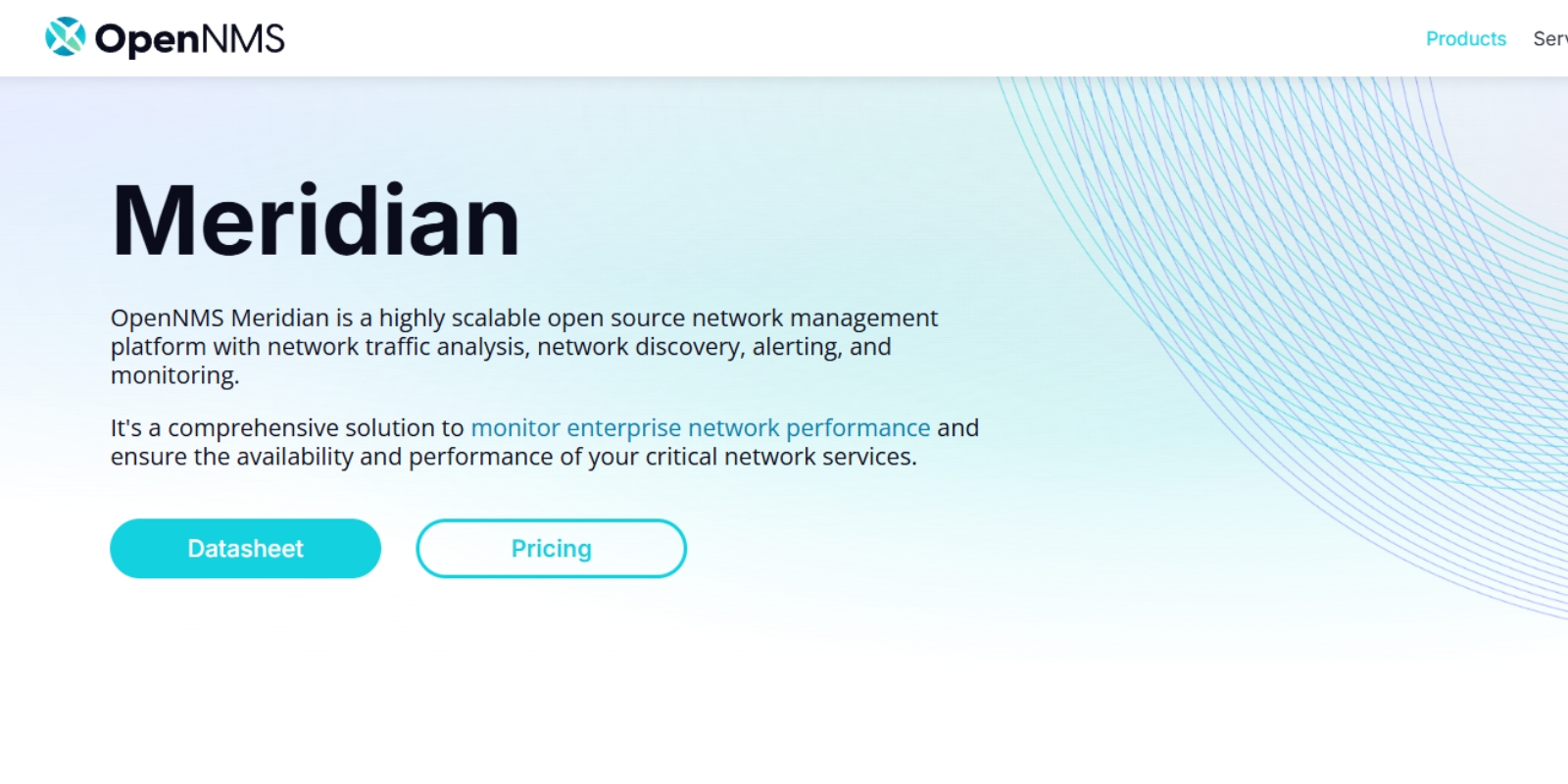
MSP-friendly platform combining RMM, helpdesk, and software deployment automation.
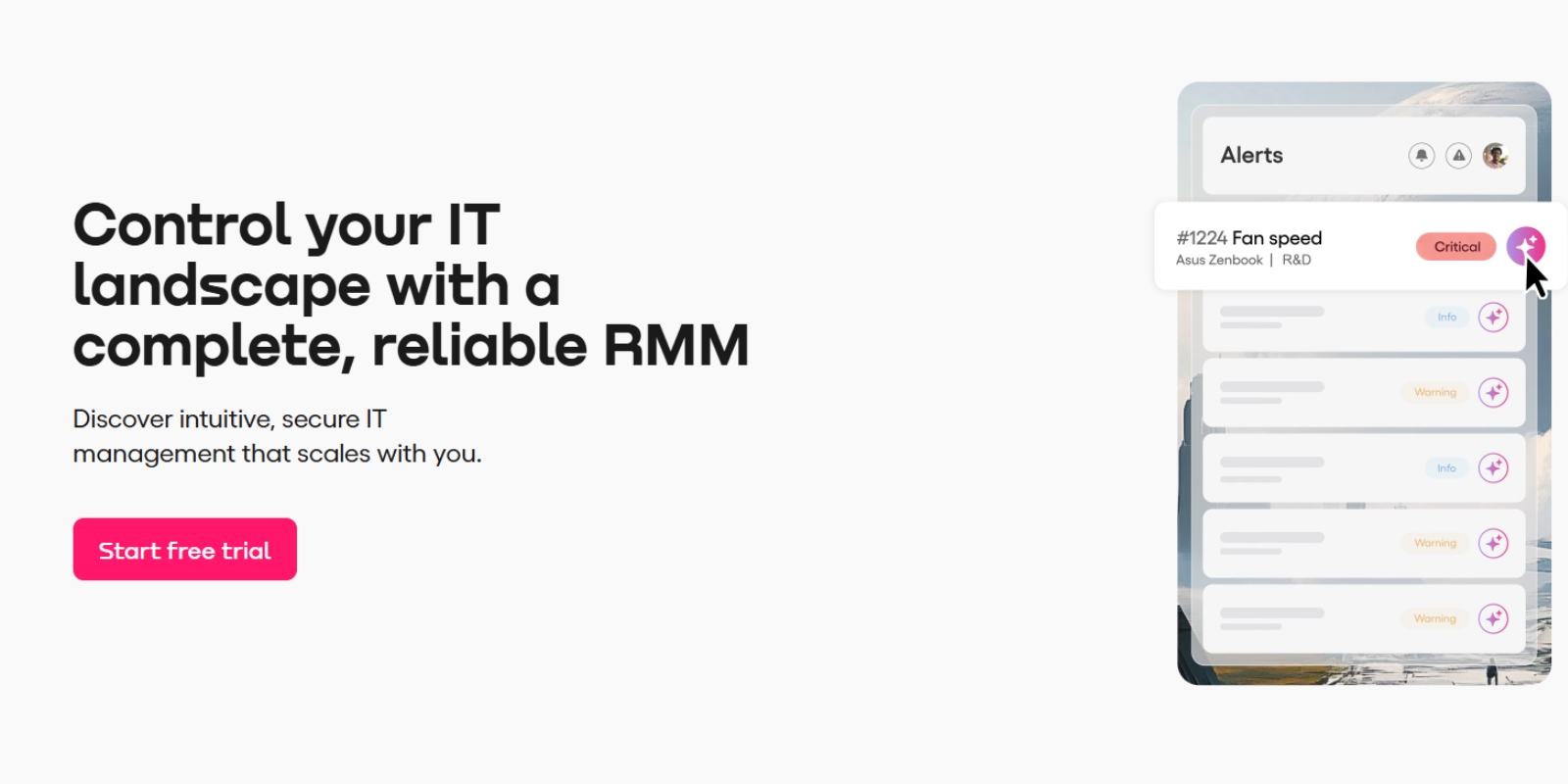
7. SolarWinds Network Configuration Manager
Strong compliance auditing, configuration management tools, and data breach prevention features for multi-vendor networks.
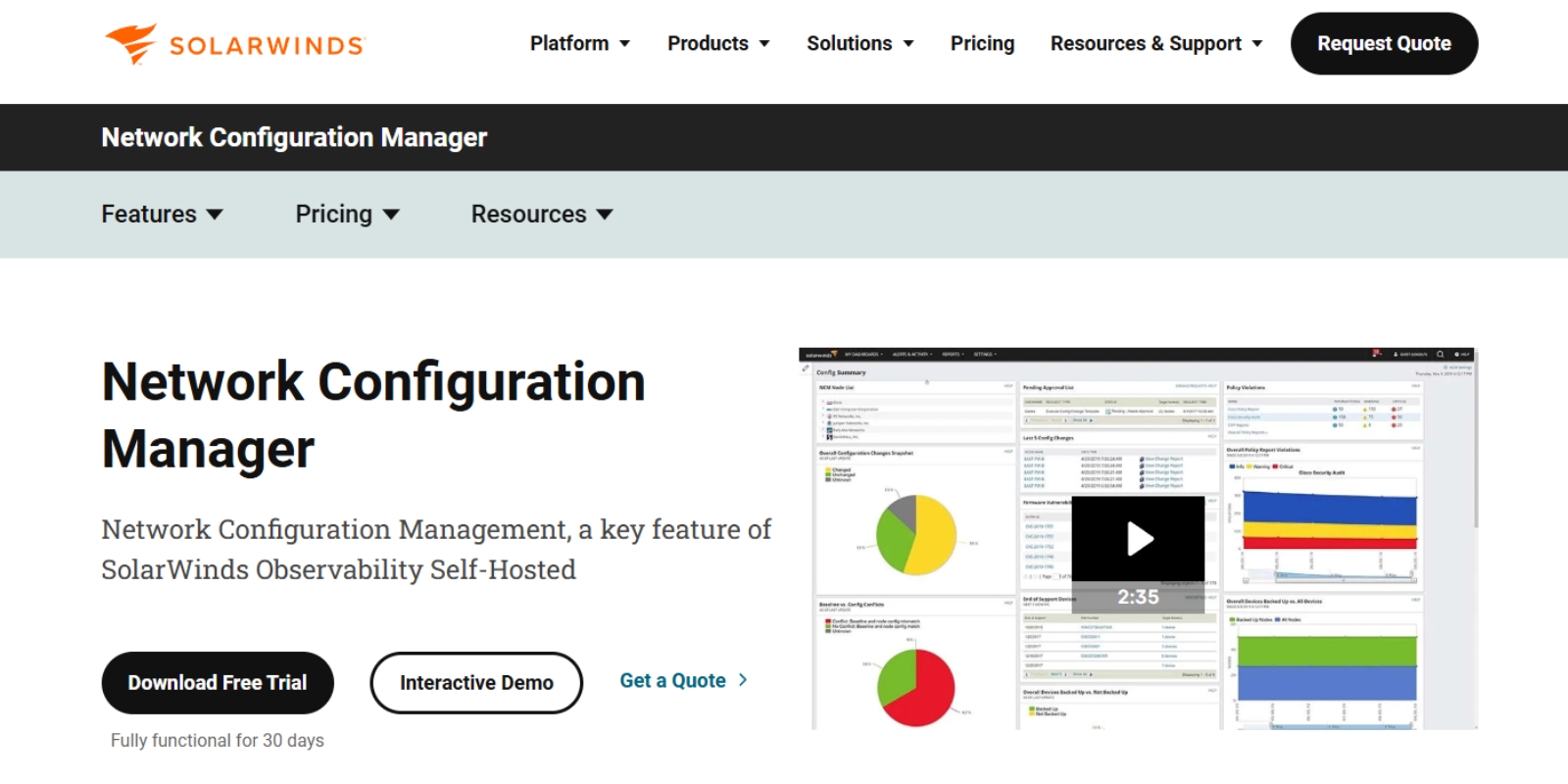
The advantages of using endpoint security and asset lifecycle management platforms are significant:
Ready to see how a modern remote device management system can transform your IT operations? Start your free trial of Level today.
If you’re deciding how to choose remote device management tools, use this checklist:
For SMBs, the best remote management solution combines these features with ease of use and reliable support.
A robust RDMS should protect against:
A: Network device management focuses on routers, switches, and firewalls, while remote device management covers all endpoint devices including laptops, servers, and IoT systems.
A: Yes, with BYOD policies in place, but you must have device compliance agreements with users.
A: Yes, when using encrypted protocols like STUN / TURN / ICE, it can be more secure and faster than relay-based access.
The benefits of remote device management system are clear: improved security, reduced downtime, and centralized control over every device in your environment. Whether you’re looking to understand how network security management platforms work or want to enforce SMB device security best practices, investing in the right platform will protect your business and make IT management more efficient.
At Level, we understand the modern challenges faced by IT professionals. That's why we've crafted a robust, browser-based Remote Monitoring and Management (RMM) platform that's as flexible as it is secure. Whether your team operates on Windows, Mac, or Linux, Level equips you with the tools to manage, monitor, and control your company's devices seamlessly from anywhere.
Ready to revolutionize how your IT team works? Experience the power of managing a thousand devices as effortlessly as one. Start with Level today—sign up for a free trial or book a demo to see Level in action.